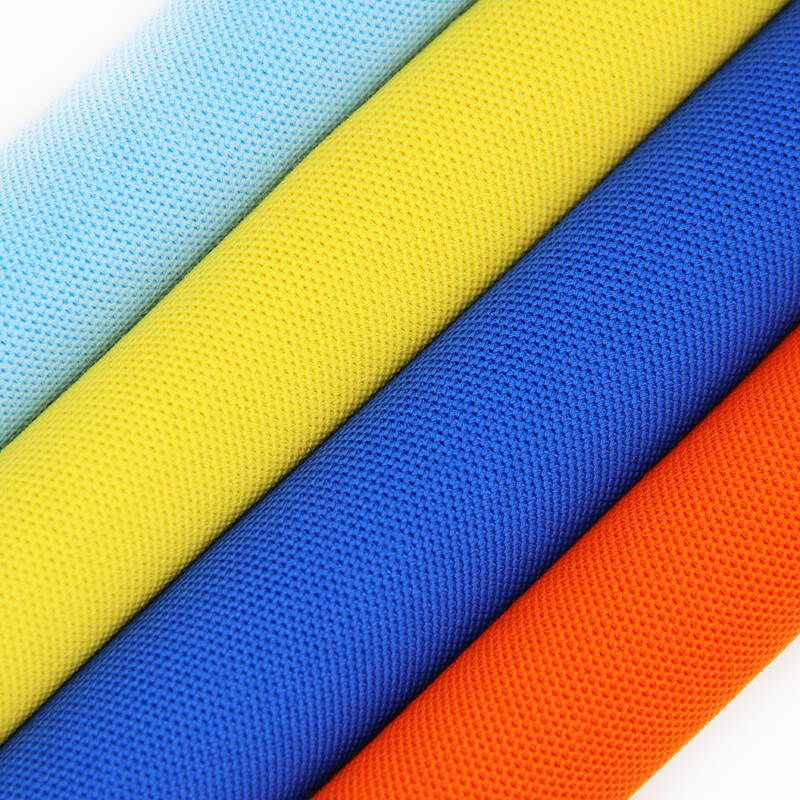Email format error
Email cannot be empty
Email already exists
6-20 characters(letters plus numbers only)
The password is inconsistent
Email format error
Email cannot be empty
Email does not exist
6-20 characters(letters plus numbers only)
The password is inconsistent


Knitted fabrics, those versatile textiles created through a process of interlocking yarns, have woven themselves into nearly every corner of our lives. From cozy sweaters to breathable activewear, their popularity and utility are undeniable. But have you ever wondered what goes into determining the price tag on these knitted wonders? Join me as we unravel the threads behind knitted fabric prices.
One of the primary influencers of knitted fabric prices is the quality of the yarns used. Just like how the thread count affects the cost of bed linens, the fineness and durability of yarn significantly impact the final product's price. For instance, merino wool, celebrated for its softness and warmth, commands a higher price compared to synthetic fibers like polyester or nylon. This variation in fiber type directly influences not only the feel of the fabric but also its cost.
Knitted fabrics can be produced through various techniques, each affecting both the aesthetic appeal and cost. The two main methods are weft knitting and warp knitting. Weft knitting, where one continuous yarn forms horizontal rows of loops, is more common and economical for simpler designs. Conversely, warp knitting involves yarns that run vertically, offering greater stability and complexity at a higher production cost. This versatility in manufacturing techniques allows for a range of prices to suit different market demands.
Ever marveled at the intricate patterns or textures in knitted fabrics? Designs that go beyond basic stitches require more time and expertise, thereby increasing production costs. Cable knits, for example, involve crossing stitches over each other to create raised patterns, adding both visual interest and expense. Similarly, jacquard knits, known for their detailed motifs and contrasting colors, are a testament to the artistry and craftsmanship that can elevate a fabric's price.

As with any commodity, knitted fabric prices are also influenced by market demand and current trends. When a particular style or fiber gains popularity—think of the recent surge in sustainable bamboo yarns or the timeless allure of cashmere—their prices can reflect this heightened interest. Manufacturers respond to consumer preferences, adjusting their production accordingly, which in turn affects pricing dynamics in the textile industry.
Beyond the intrinsic qualities of the fabric itself, broader economic factors play a pivotal role in determining knitted fabric prices. Fluctuations in the cost of raw materials, such as cotton or wool, directly impact production costs. Additionally, currency exchange rates and geopolitical events can influence import and export prices, affecting the overall affordability and availability of knitted fabrics in global markets.
In recent years, there has been a growing emphasis on sustainable and ethically sourced materials in the textile industry. Fabrics certified as organic or made from recycled fibers often carry higher price tags due to the careful sourcing and production practices involved. Consumers increasingly prioritize transparency in supply chains and the environmental impact of their purchases, driving manufacturers to adopt more responsible practices despite the associated costs.
In conclusion, the price of knitted fabrics is a multifaceted tapestry woven from a variety of factors—ranging from raw material quality and manufacturing techniques to market trends and ethical considerations. Understanding these elements not only enhances our appreciation for the textiles we encounter daily but also empowers us as consumers to make informed choices. So, whether you're shopping for a cozy sweater or considering the environmental footprint of your activewear, remember that behind every price tag lies a story of craftsmanship, innovation, and the ever-evolving landscape of the textile industry.